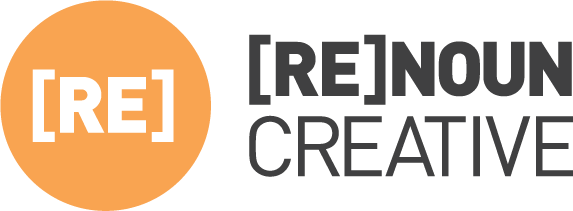One of the biggest pain points for companies when it comes to digital marketing and social media is being able to prove the success of your efforts with measurable ROI and conversions. More specifically, it can be a real challenge when your conversion is attendance at an event or conference. The idea of converting a customer from clicking a link to showing up in person and investing time in your brand has perplexed many. The first point: don't get discouraged, keep searching for solutions until they work.
We've compiled some of our favorite, proven methods to help you use digital marketing to increase your event's success.
1. Create a Compelling Landing Page
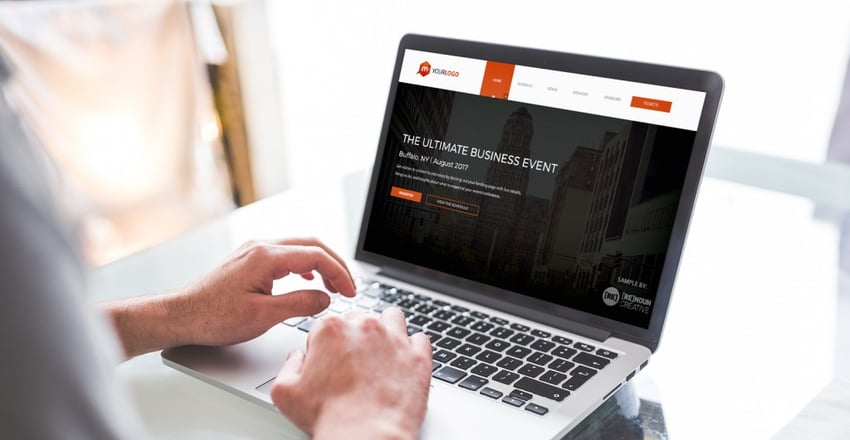
A landing page is an individual web page, with a singular focus and clear Call-To-Action (CTA). This is your canvas to tell the story of what your event is about, why it's valuable to attend, and how to take the next steps in signing up. The average website visitor will "land" on this webpage and you have less than 5 seconds to get there attention and make them want to learn more.
If you're already working with a web designer or developer, they can help set this up for you (*wink, wink). If your looking for a DIY solution or a small organization, there's a number of solutions you can use to build your event page yourself. Try working with a CMS such as Wordpress.com or simplified web builders like Squarespace. Create your account and login, select a template to start with, assign a domain with the name of your event (or use an existing one) and you are ready to begin designing. If you are already using a CMS and have a website, you can create a new page on your site and make it focused on the particular event you are promoting.
The content you add on this page should at least include:
- Clear header that states the name of the event, logo, and dates/location.
- High quality graphics, photos, and video that display your event.
- Overview of schedule and featured companies, speakers, or breakout sessions.
- Highly visible CTA that directs visitors to register or get more detailed information.
- Strong SEO for keywords that attendees may search for when looking for your event online.
This landing page is how you will capture the attention of your potential customers and convince them to move along in the process towards signing-up and attending. Give them valuable information up front and make it so enticing that they have no choice, but to keep clicking!
Landing Page Examples:
Renoun Creative will be represented at the 2017 UberFlip Content Experience in Toronto, CA. Take a look at their event landing page. For more examples, you can check out these templates that are available from Unbounce.com.
2. Create a Buzz on Social Media
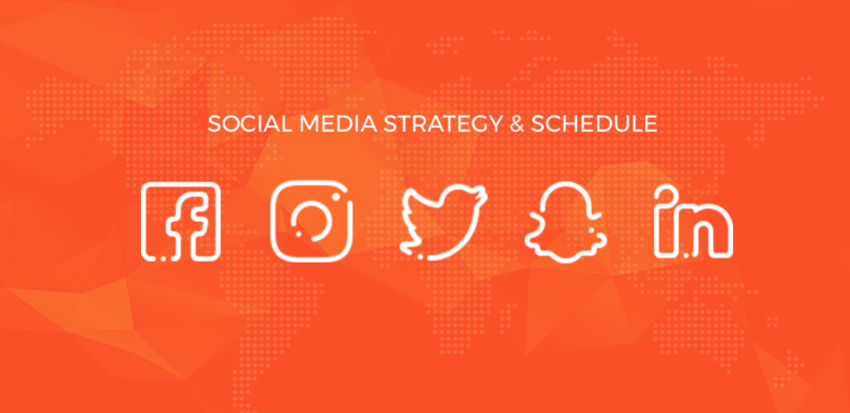
Social media is powerful in the sense that you can distribute content about your event for free and you can take advantage of paid campaigns to reach your target market. For any event, you should create a series of content that you can publish during the months leading up to the scheduled date. This can be a mixture of images, videos, and blogs articles that you post regularly to inform your followers and create hype around the event. Share this content on your favorite profiles (Facebook, Twitter, LinkedIn, Instagram). Get creative and show all aspects of the value you are offering:
- Updates on event details.
- Spotlight posts about keynote speakers or session topics.
- Exclusive offers, giveaways, or discounts.
- Video messages from your team.
- Daily or Weekly updates via SnapChat & Instagram Stories.
Paid Ad Campaigns
Facebook offers the most affordable, in-depth and robust ad targeting out of all social media ad platforms. Since Facebook owns Instagram, your ads will also appear on that platform automatically when you link your account. You should build out custom audiences that are tailored to the personas you've identified as your ideal customer.
Once you identify who you want to advertise to, you can use Facebook Business Manager Power Editor to build a new ad set. Your audience can be narrowed down by geo location, interests, job titles, and other categories that Facebook has made available for you. Another way to target on Facebook is to upload existing customer information in a spreadsheet (.csv file) and it will locate your customers by the data you provide. Ads will then start showing up on their newsfeed!
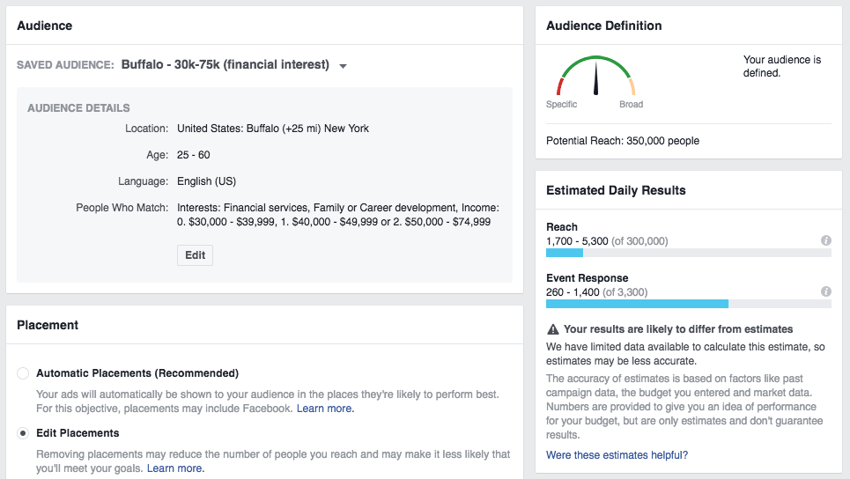
What is retargeting?
Retargeting is when you segment an audience by a specific URL they have visited. Once your Facebook Pixel is in place on your website you can select a specific webpage and your ads will "follow" your lead on social media. List the URL of your event page or even your check out page and place an ad that offers these leads with an additional discount. These followers have displayed some level interest in your event and might just need that final push to swing their decision as a buyer.
If you need more information about Facebook Pixel, visit their support page.
3. Automate Your Follow-Up Communications
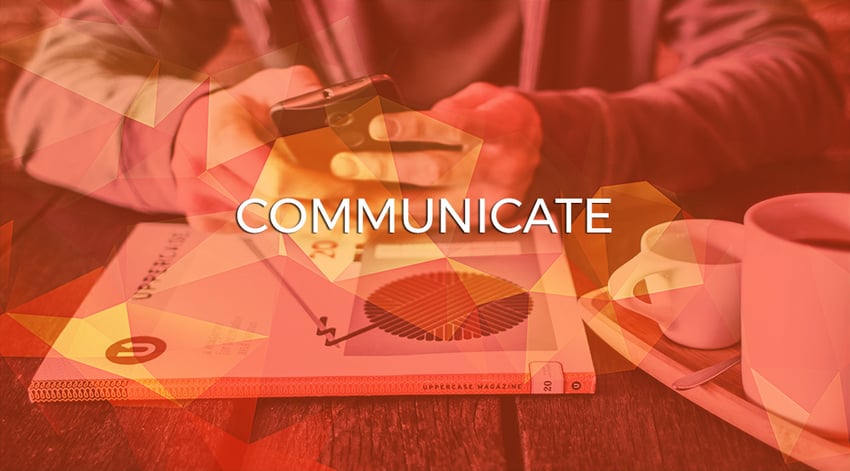
Once you've started creating some attention around your event, it is important to keep your registrants engaged. Use a tool such as MailChimp, ActiveCampaign, Aweber, or HubSpot to build out email workflows. This is a series of emails that will automatically be sent to anyone who purchases a ticket to your event. Set the "trigger" that will begin the workflow and then use these emails to provide vital information, finer details about the agenda, or even as an opportunity to upsell on event "extras".
The tone of these emails should personal and your readers need to feel like the message was created just for them. If you make your messages valuable and personalized you can have a positive impact on the customer and keep them excited for your event all the way up until the day they attend. Other options for follow up communications aside from email would be Facebook Messenger ads or SMS (text messages).
